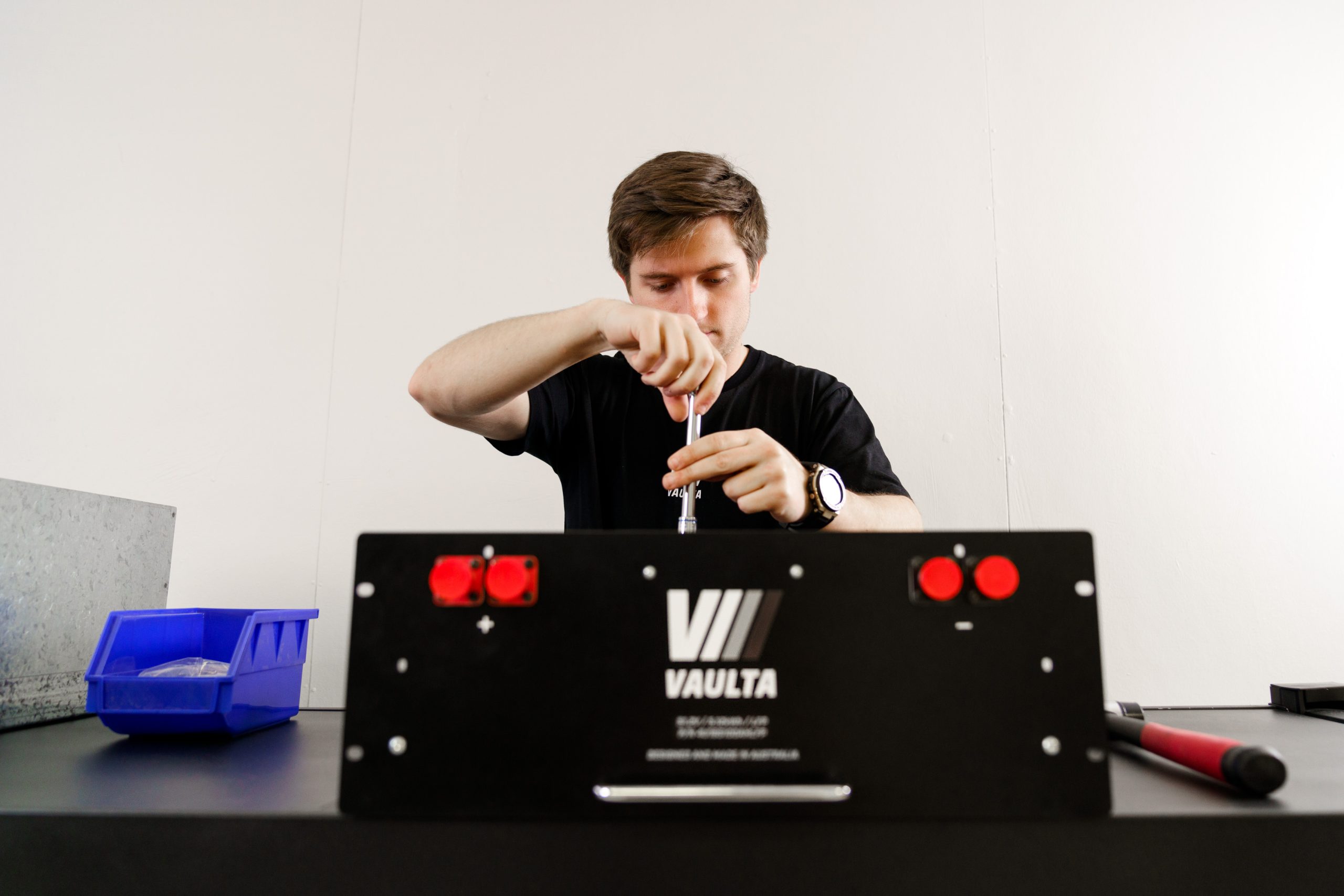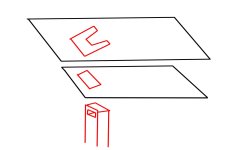whatever
100 kW
- Joined
- Jun 3, 2010
- Messages
- 1,297
just came across a startup in brisbane, they've just recieved significant govt funding also, but the idea is cylinderical cell cases that make assembly and dissassembly quick and easy, its a very nice idea. It looks like the contacts are pressure based, heres a video might be of interest to some folks out there if it hasn't already been posted
vault battery cases
vault battery cases





